About our Wedding Venue
A family-owned and run business with over 30 years' experience of making wedding day dreams come true.
Holmewood Hall is part of Country House Weddings Ltd, a family-owned and run wedding venue group that has collectively held over 10,000 weddings in its six exclusive-use venues since its conception. The chairman and founder, Harry Bramer, still presides over the business today, with the help and support of his family and an accomplished team, all of whom are dedicated to one thing: your perfect wedding.




The history of Holmewood Hall
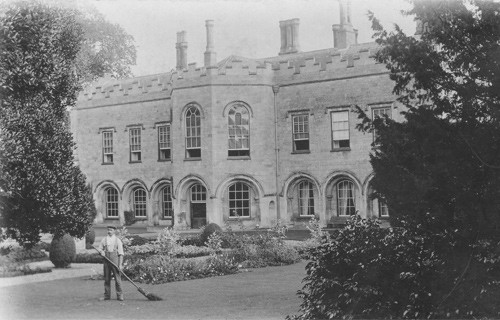
The land containing the present site of Holmewood Hall is sold by the crown to Sir Robert Cotton of neighbouring Conington Castle (pictured).
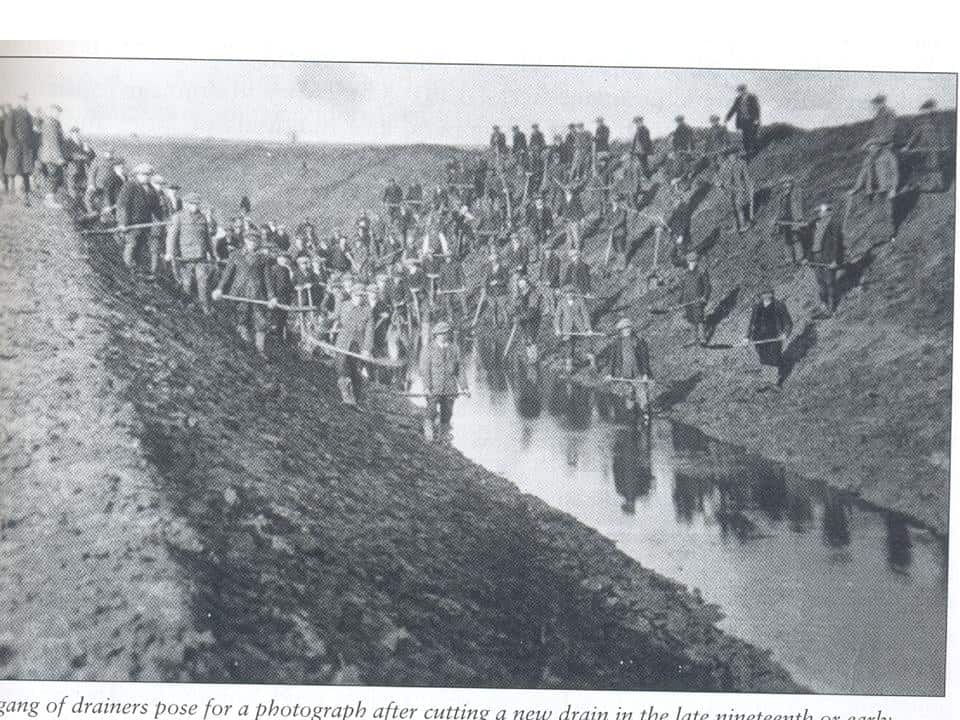
A group of wealthy landowners, often referred to as the ‘Gentleman Adventurers’, headed by the Earl of Bedford, set out to drain the fens, focusing on land that Holmewood Hall now occupies.
Documents relating to the Wells Family claim that the first house was built at this time. Its highly plausible that improvements from the ongoing drainage, meant that the site became dry in the winter, allowing for a possible farmhouse.
The Cotton family sell the manor to Thomas Truman, a London merchant who traded in the West Indies. Truman Dies in 1769, leaving his Huntingdonshire estates (including Holme) to his neice Elizabeth and her husband William Wells.
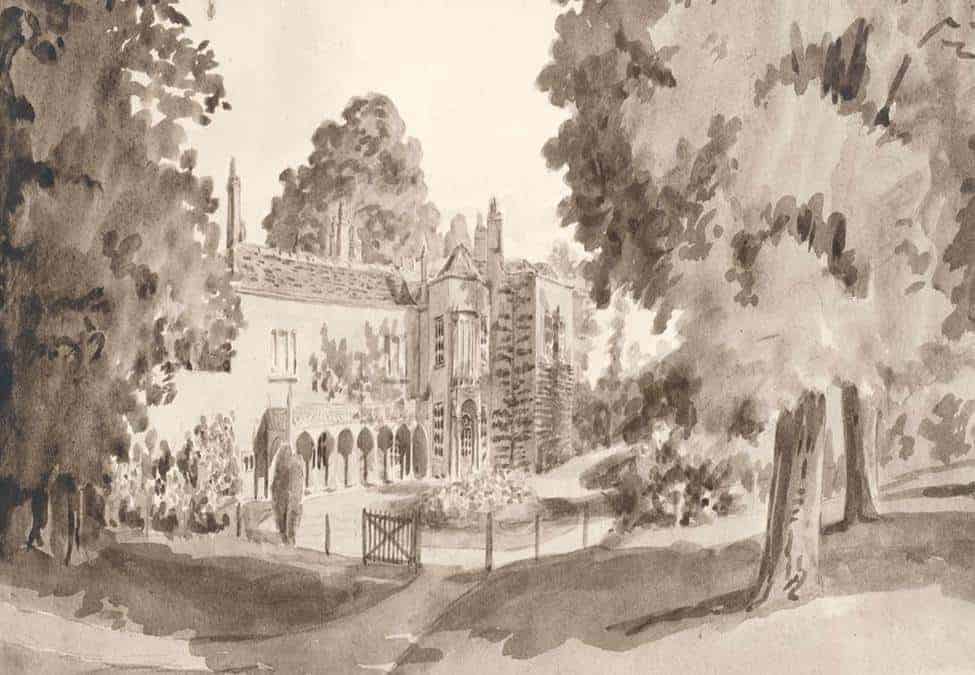
The Wells, who were a distinguished family of long established shipbuilders, set about building a new, much grander, second house (pictured), some of the sash windows of which are claimed to survive on North aspect of the hall today. The beautiful old laundry, stables and coach house found at the rear of the house, were also constructed during this period.
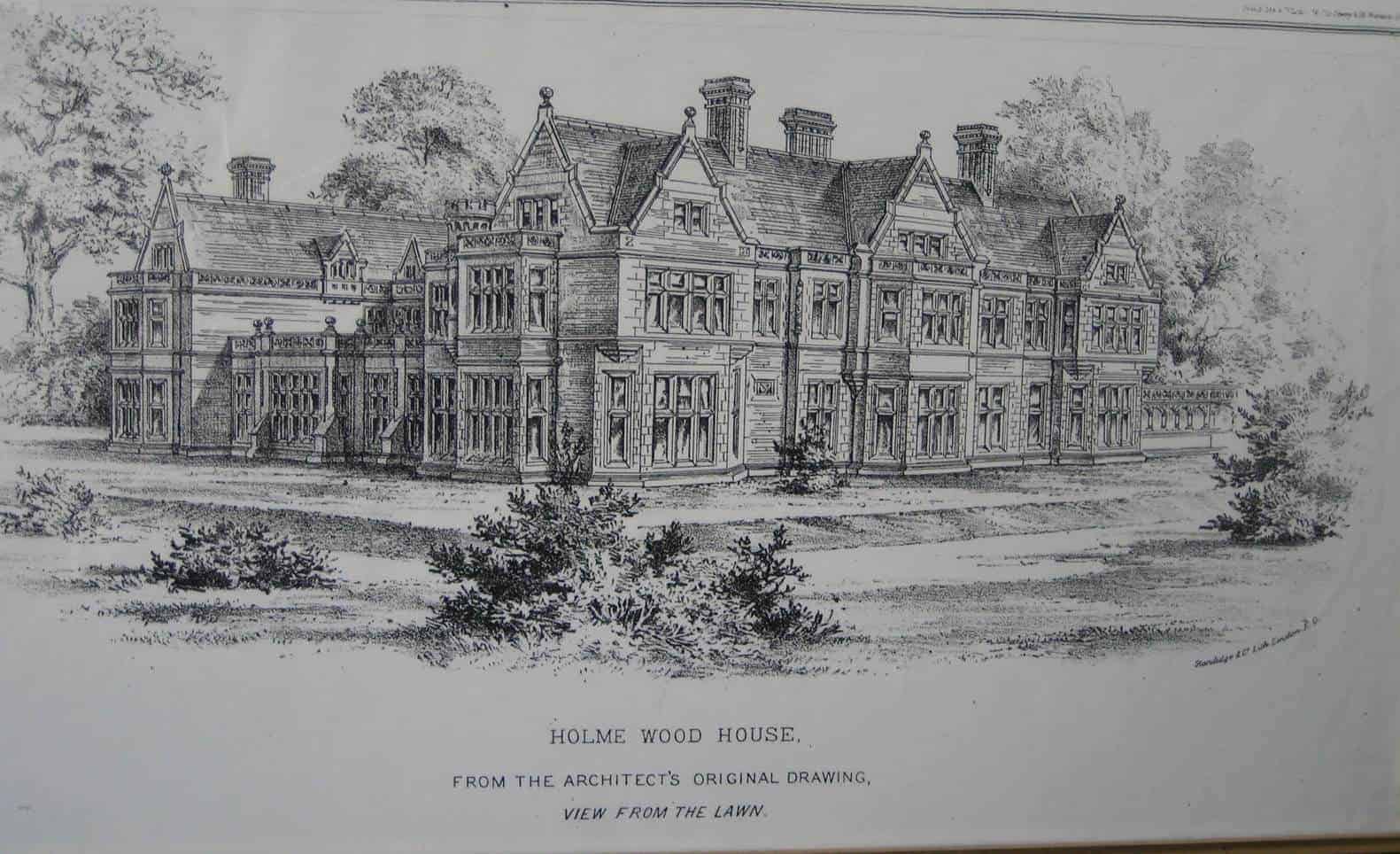
The present day Hall is commissioned by William Wells in 1873, who appointed William Young, a Scottish Architect, to alter and extend the house in a Tudor Gothic style. It was also during this period that several notable additions were made to the house & grounds including the Jacobean style great hall and staircase, the gold room which was adapted from the original drawing room, the gate house and upper floor used as a larder, and the water tower which was supplied by water piped from Stilton Common.
Upon Sir William Wells’ death in 1889, the house changes hands first to Lord de Ramsey, of Ramsey Abbey and then in 1902 to John Ashton Fielden – one of the richest men in England at the time, having inherited money from his family who owned one of the largest cotton manufacturers in the country.
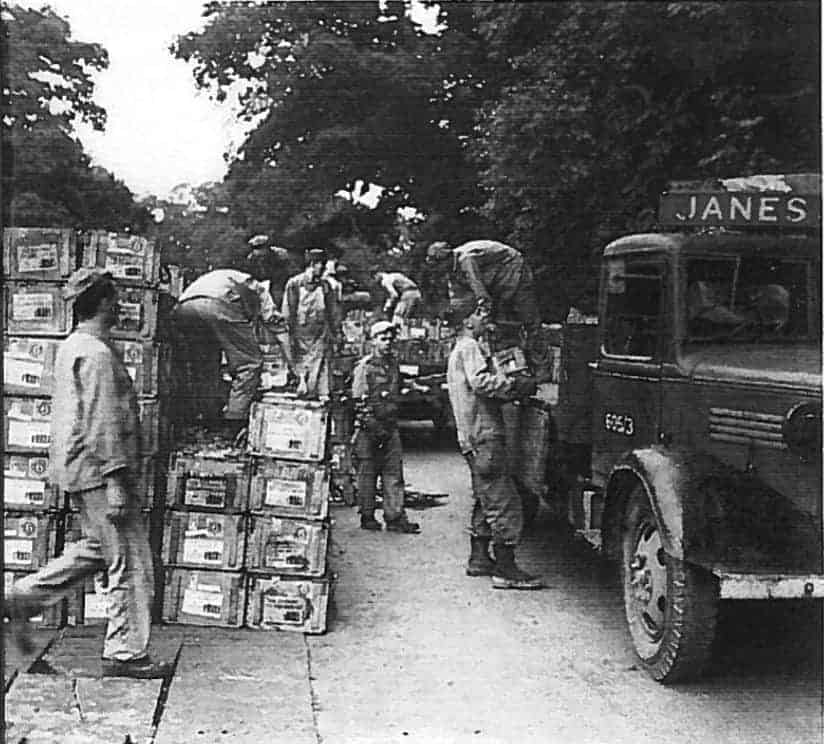
Holmewood Hall is utilised by the US office of Strategic Services (OSS) to help train and equip resistances fighters in occupied Europe. The estates proximity to the main London- Edinburgh railway and the A1 as well as the cover by the trees made it an ideal site. It was during this period at Holmewood that the OSS trained agents to lead a raid into Norway to blow up the Norrland Railway. An action that helped stop Germans serving in Finland from reinforcing its army in Norway.
The Americans leave the site in a terrible state in December 1944, and a descendent of William Wells, Sir John Wells, purchases it in an effort to restore the hall to its former glory. Unfortunately, the condition of the house was so bad that he did not have the means to do so.

In 1951, British Sugar buy the house and estate, to use as a seed and machinery trial headquarters, and then later as a conference centre. it’s during this period that the estate is sold off, mainly to the crown.
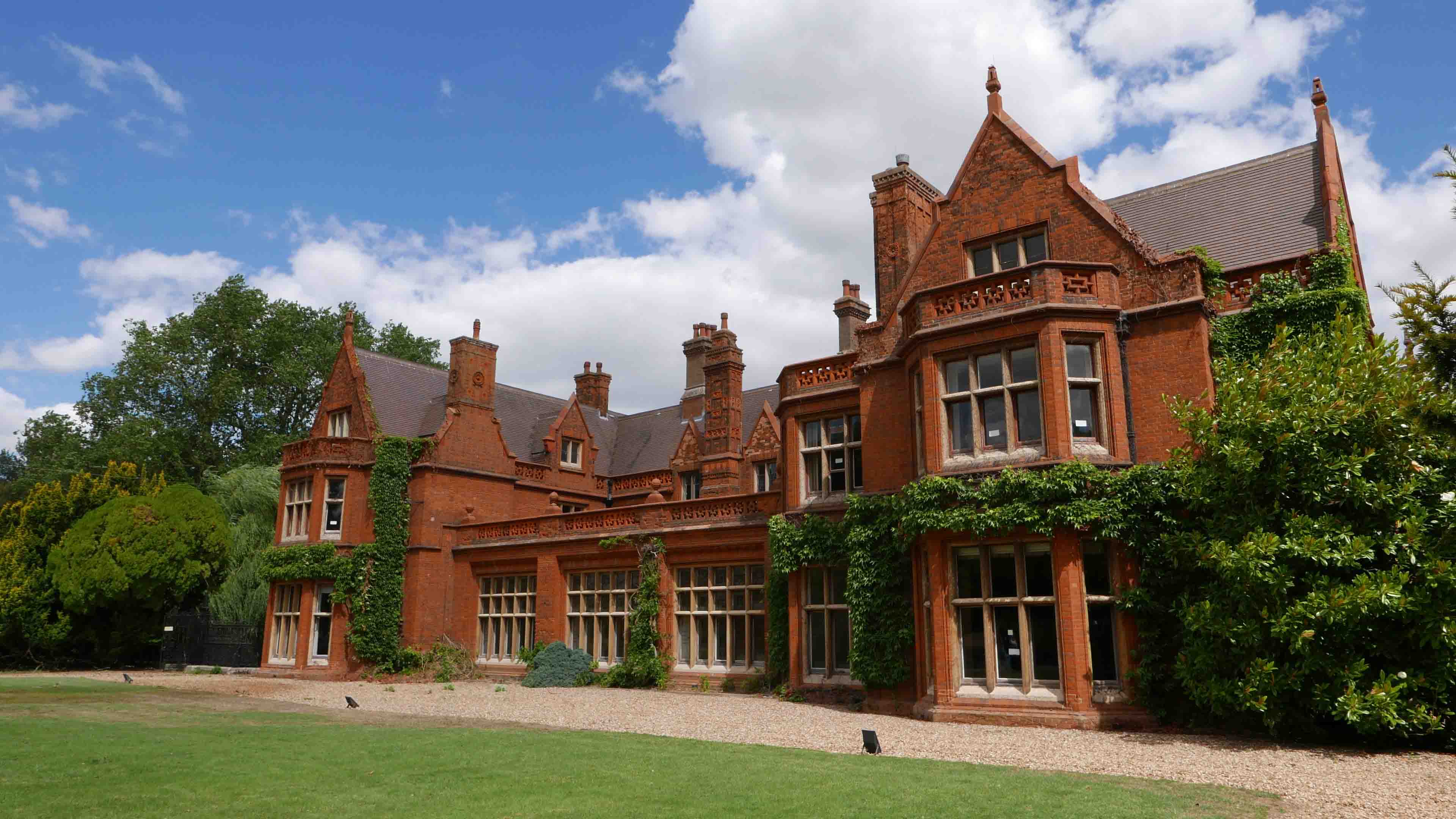
Holmewood Hall becomes the most recent addition to the Country House Weddings portfolio, joining Leez Priory, St Audries Park and Clearwell Castle, and Gosfield Hall. To learn more about Country House Weddings, click here.